The wild, rugged and sandy coastline of the Pacific Northwest is chock full of interesting factoids, history, legend and natural beauty. One can spend a good chunk of their lifetime exploring the endless miles of shoreline, and the communities that have made their home here. The Washington coast with its Puget Sound, the Oregon coast with its rugged shores; the northwest states truly inspire. The Pacific Northwest beach towns alone are worth exploring.
When looking at a map of the Pacific Northwest coastline, it quickly becomes obvious that there is a ton of exploring to do!
Below are ten facts that many people (even locals) may not know about this fascinating coastal area.
The Shortest River in the World?
This is a bone of contention for some people, who are adamant that the D River in Lincoln City, OR is the shortest river in the world, as opposed to the Roe River in Montana (at only around 200 feet). While the difference is striking, the D River was indeed the world’s shortest until the Roe was formed in 1989. Due to the ever-changing tides and sand bars along the coast, the river runs approximately 440 feet (130 m), give or take a few inches. Worthy of an honorable mention!
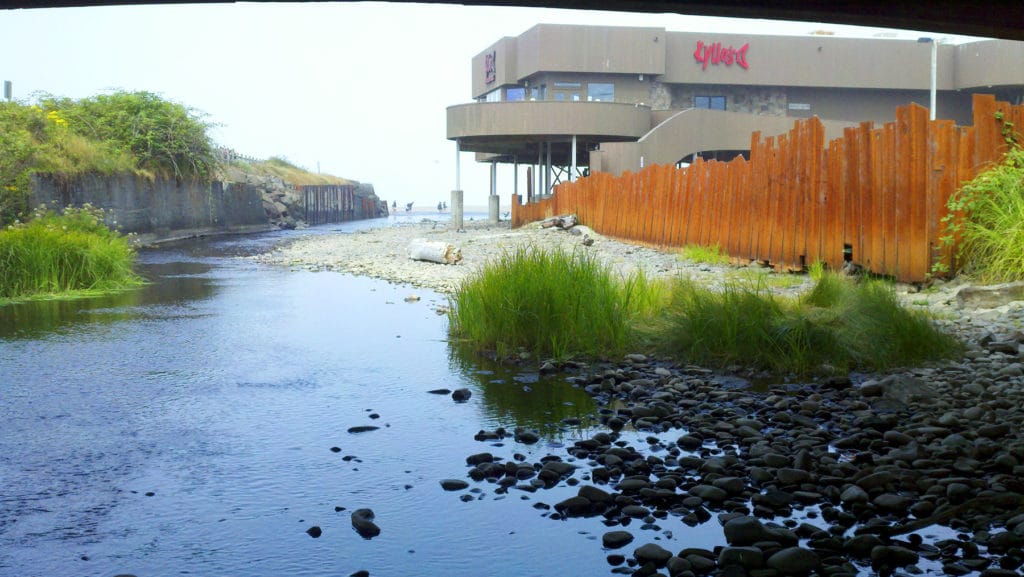
Prize Wood
Myrtlewood Trees, which only grow on the southern Oregon/ northern California coast and no where else, produce wood which is known for its finishing qualities and beautiful marbled appearance. As a result, the wood is highly sought after for furniture making and other gifts such as wooden bowls and jewelry. A full-grown Myrtlewood tree takes about two centuries to be fully grown…so you do the math. Harvesters of Myrtlewood are required to keep a sustainable business – we don’t want this precious and beautiful resource to become extinct!
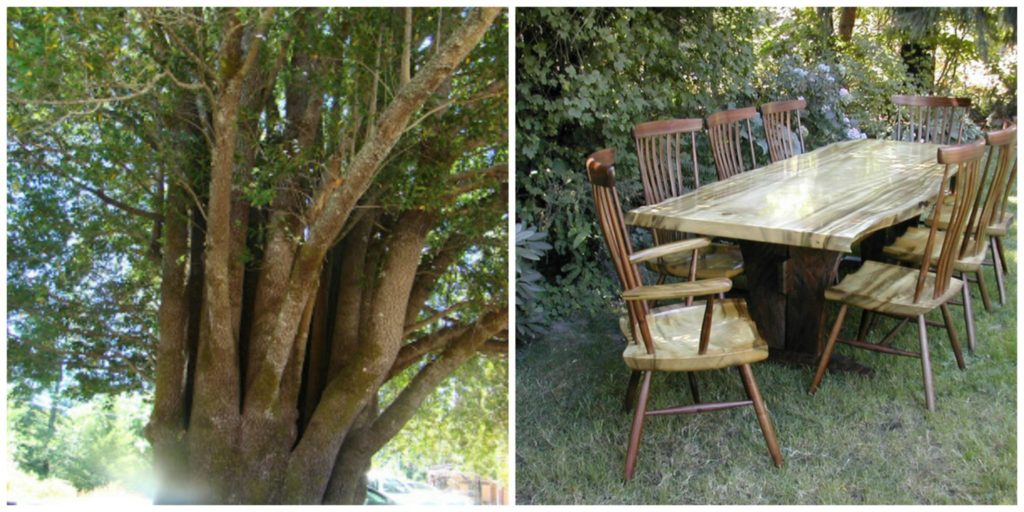
Terrible Tilly
Also known as Tillamook Rock Lighthouse, this beacon for ships is known for its treacherous conditions and macabre history of people dying at the hands of the sea. First lit in 1881, it was decommissioned in 1957, having become too dangerous and expensive to operate. It is located on the northern Oregon coast, about a mile offshore, near Seaside and Cannon Beach. Due to all of the deaths that occurred near its rocky perch, the lighthouse is now privately owned and is an unofficial columbarium, called Eternity at Sea Columbarium.
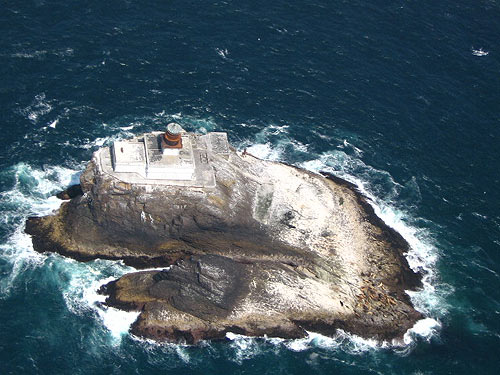
Wildlife at its Best
The Sea Lion Caves on the Oregon Coast is America’s largest sea cave and the year-round home of hundreds of wild sea lions. It is a privately-owned wildlife preserve and bird sanctuary. Located a few miles north of Florence, OR, visitors can come and take a gander at the plethora of sea lions in their natural environment. This means they can come and go as they please, so sea lions sightings are not guaranteed!
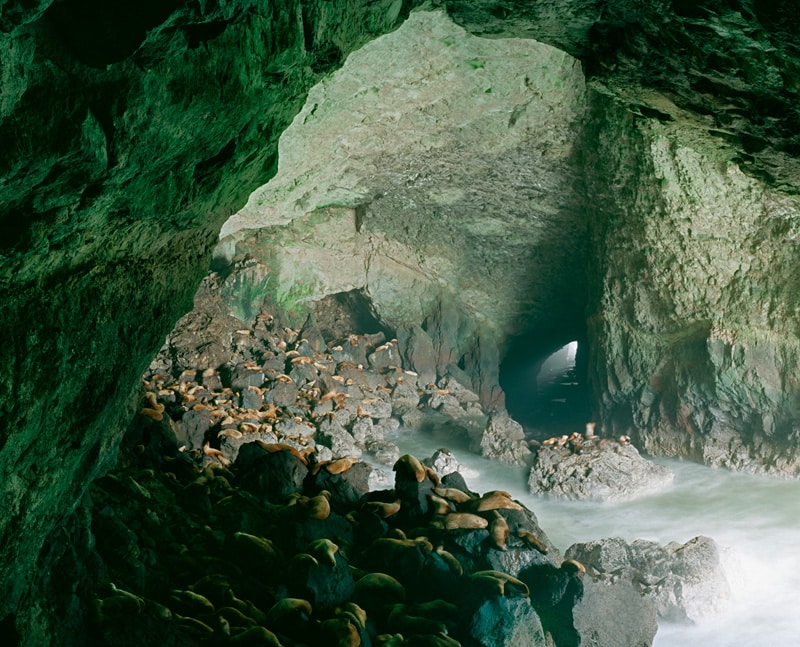
Gold in Them Thar Hills?
Legend has it that there’s buried pirate treasure somewhere on Neahkahnie Mountain on the Oregon coast. The story, which dates back hundreds of years, has been passed down for generations, and has inspired hoards of treasure hunters, some of whom claimed to have discovered clues—but never any treasure. Here is a convincing article to that fact.
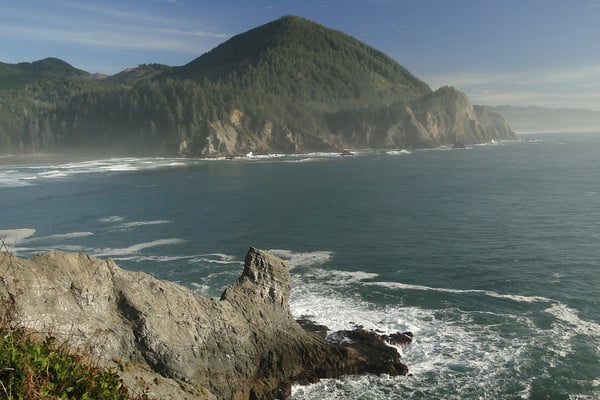
Cape Disappointment
Located on the southwestern most corner of Washington state, Cape Disappointment was named by the explorer John Mears. He was attempting to find the Columbia River, which empties into the Pacific between Oregon and Washington. Coming in from the sea, the Cape has tall basalt columns and a difficult-to-cross river bar, which makes entering the Columbia from the sea a bit of a challenge. With the unique rock formations and crashing sea, Mears missed the mouth of the Columbia altogether, and therefore just assumed that it didn’t exist. Today it is a lovely State Park, with miles of hiking trails and great camping.
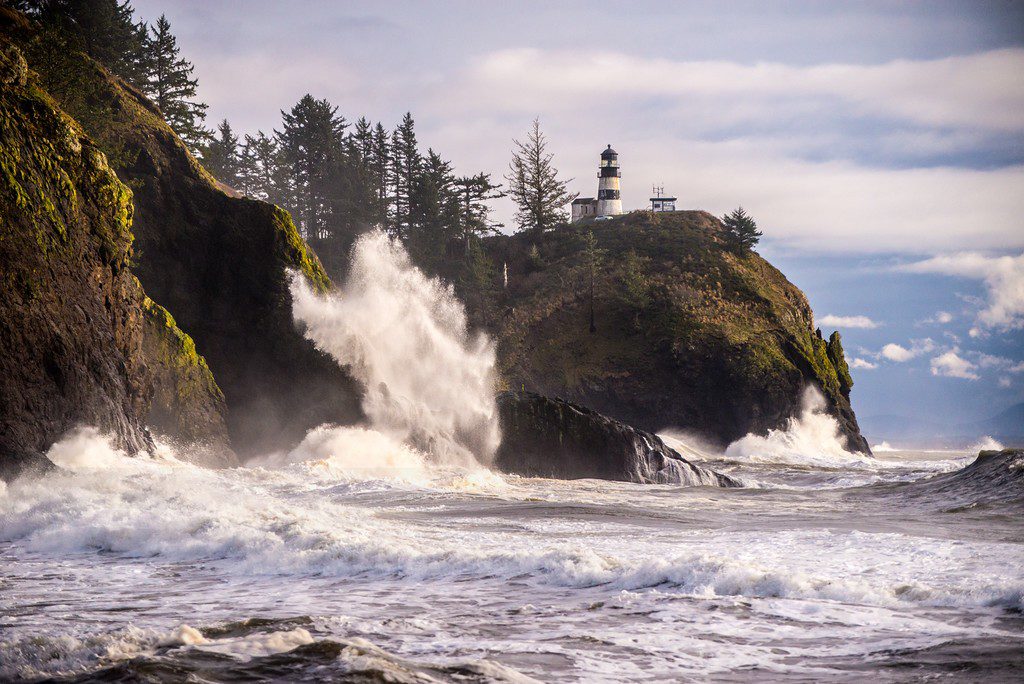
Puget Sound has Fjords!
The Puget Sound region has one of the world’s longest fjord coastlines. It is not simply a large bay near Seattle, it is a complex estuarine system of islands and waterways all interconnected, eventually leading to the Pacific Ocean. At low tide, there can be up to 786 islands in Puget Sound, most of which are non-inhabited. The Sound extends 100 miles from Olympia to the south, up north to Deception Pass. The Washington State Ferry system is one of the largest in the world, shuttling commuters and tourists between the major islands of the Sound.
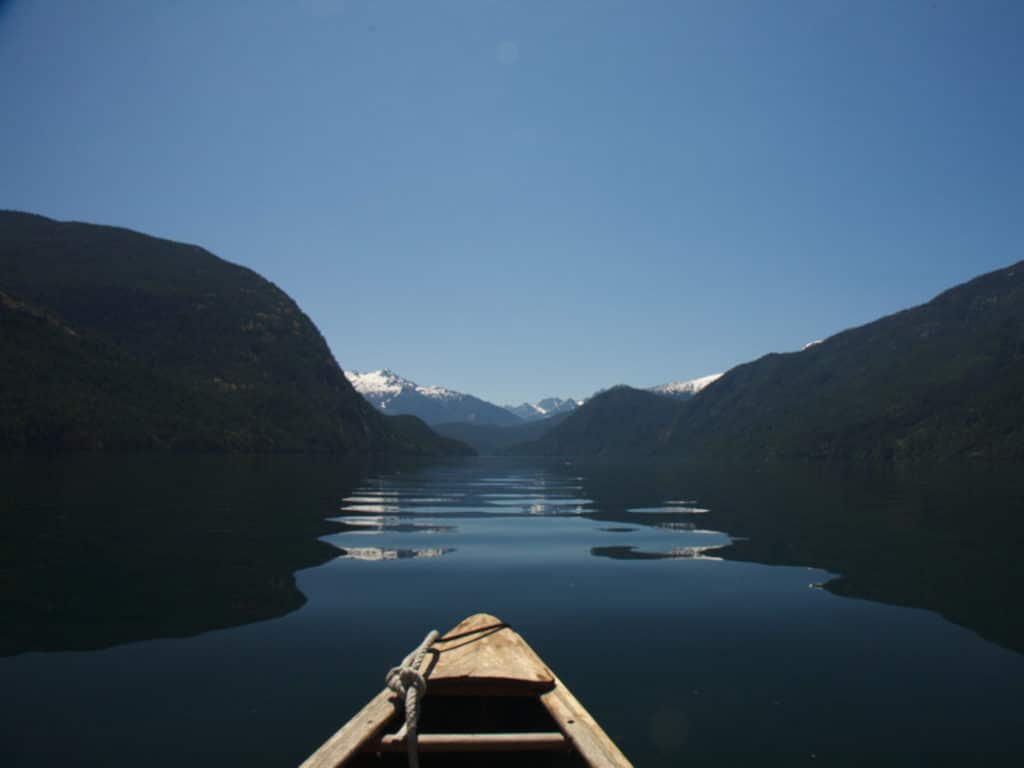
The Northwest most point in Mainland, USA
You can find it where the Strait of Juan de Fuca (part of Puget Sound) meets the Pacific Ocean. It’s a great place to spend a day hiking and exploring nature. The trails are easy to moderate. Here you can view sea caves, tree-topped sea stacks and hike in Sitka Spruce-lined trails. Bring your binoculars for a detailed view of Tatoosh Island and the famous Cape Flattery lighthouse (decommissioned). On a clear day, you’ll see the southern part of Vancouver Island, British Columbia.
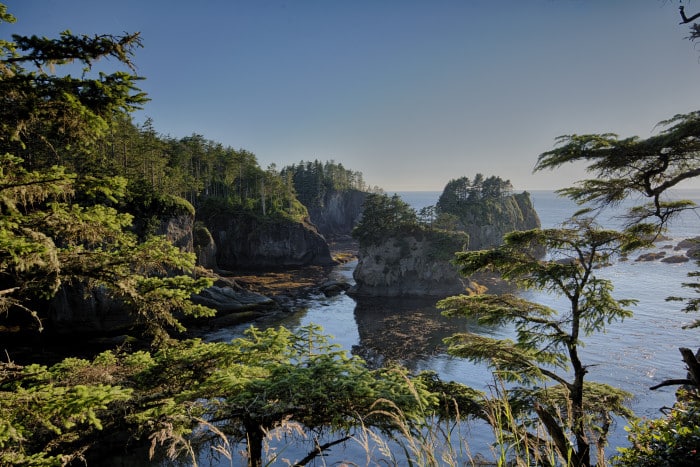
Our Resident Monolith
The 3rd largest intertidal monolith in the world is Haystack Rock, Cannon Beach. At 235 feet tall, it is arguably the most photographed natural object in Oregon. It was formed somewhere in the vicinity of 10-17 million years ago (how about THAT for narrowing things down!) by lava flows emanating from the Grand Ronde Mountains. During the summer months at low tide, it is possible to walk right up to it…but you can’t. It is a protected wildlife area…BUT, you can certainly walk near it and view all of the cool barnacles, crab critters and migrant Puffins that make this gorgeous place their home.
The Most Photographed Lighthouse in the U.S.
It’s Heceta Head lighthouse, a few miles north of Florence, OR. At 1.2 million candlepower, it is the most powerful marine light on the Oregon coast. Back in the day, this was a very busy working lighthouse…with several lightkeepers and their families charged with running the place. So much so that the lighthouse had its own post office and one-room schoolhouse! Today the lighthouse is automated, with only two caretakers, who mostly run the B&B at the property.
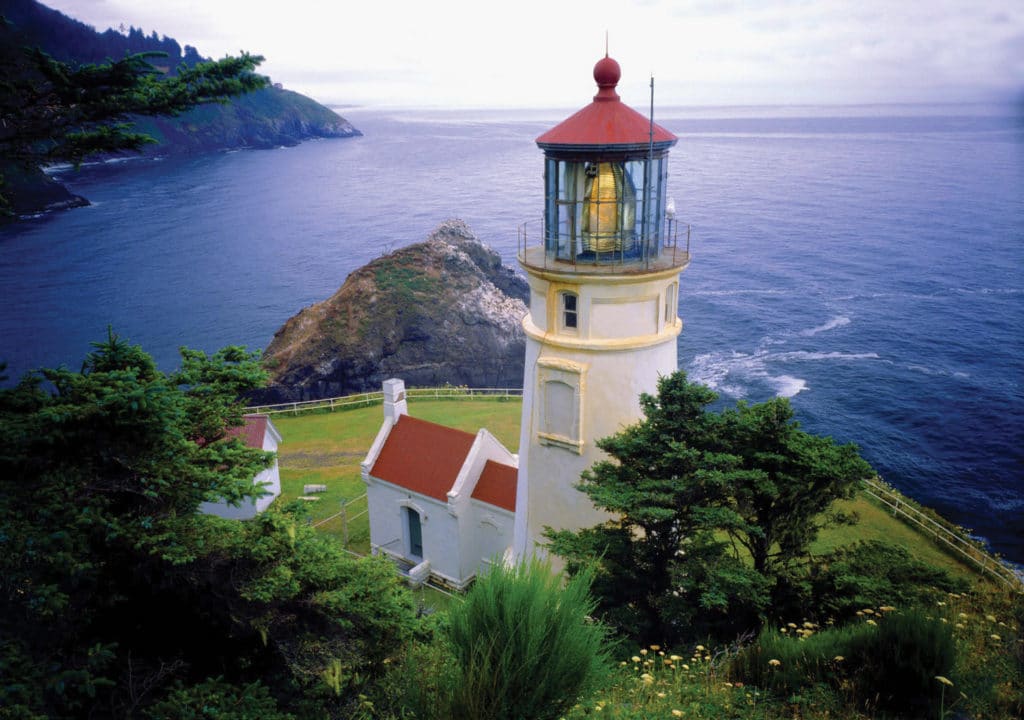
There are so many fascinating and beautiful aspects to the Pacific Northwest coastline. Its unique ecosystems, wildlife and forested land hold species that cannot be found anywhere else in the world.
Is there a little-known fact about the Pacific Northwest coastline that I failed to mention here?
Please tell me about it!
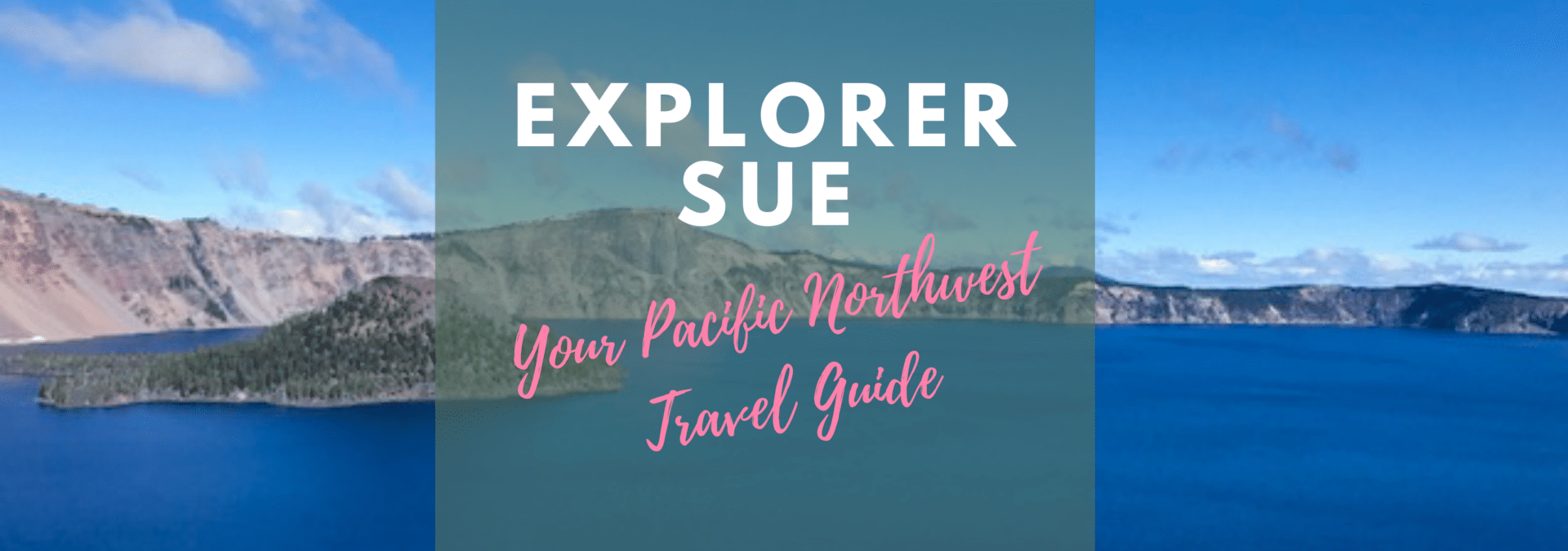
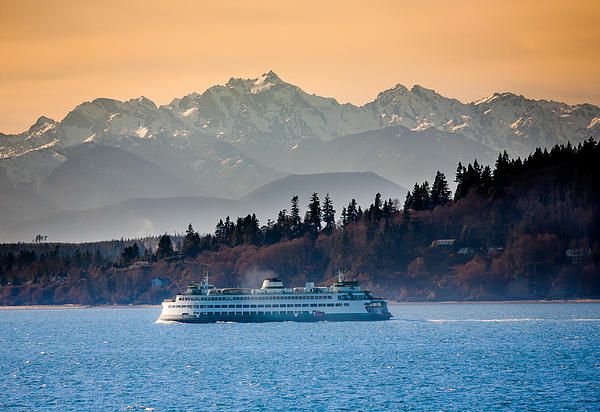
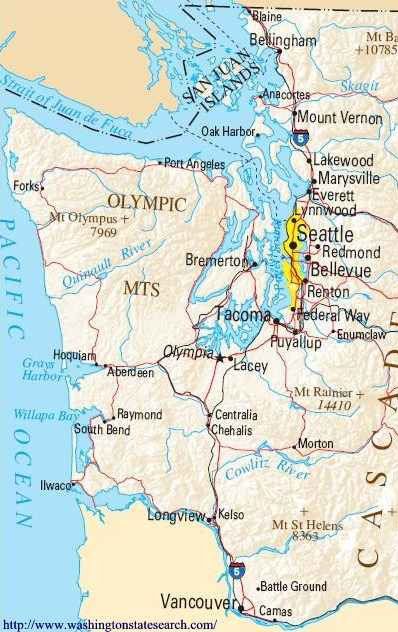
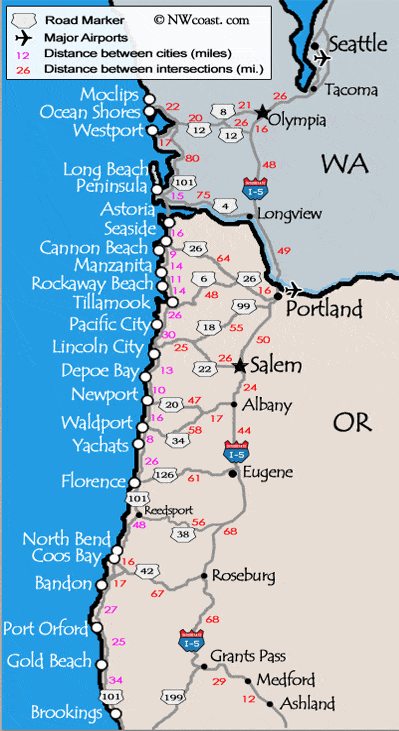
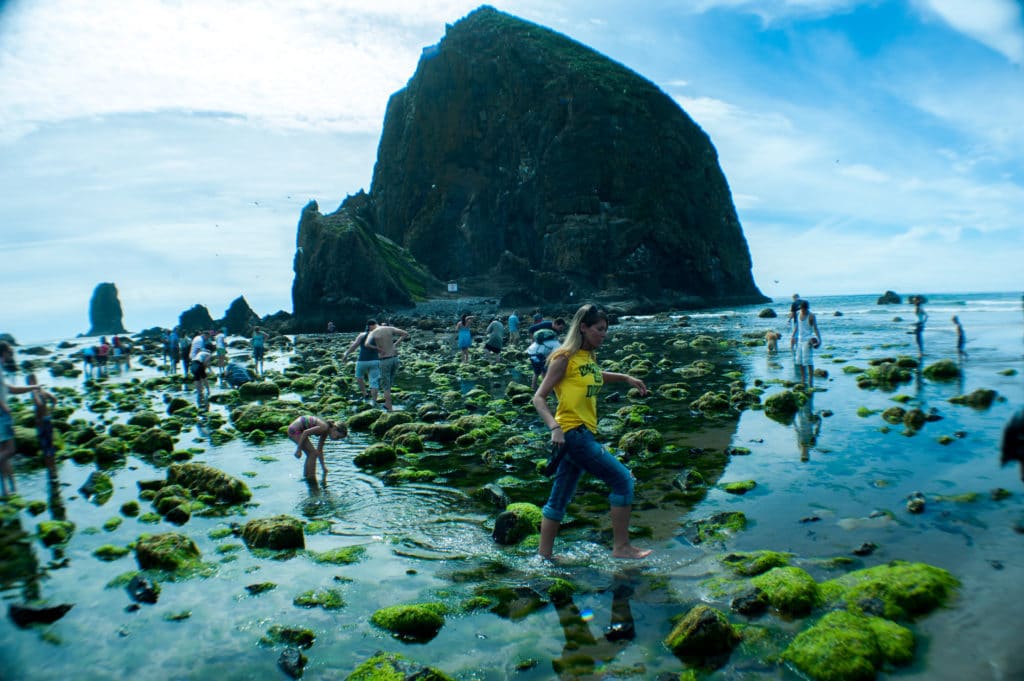
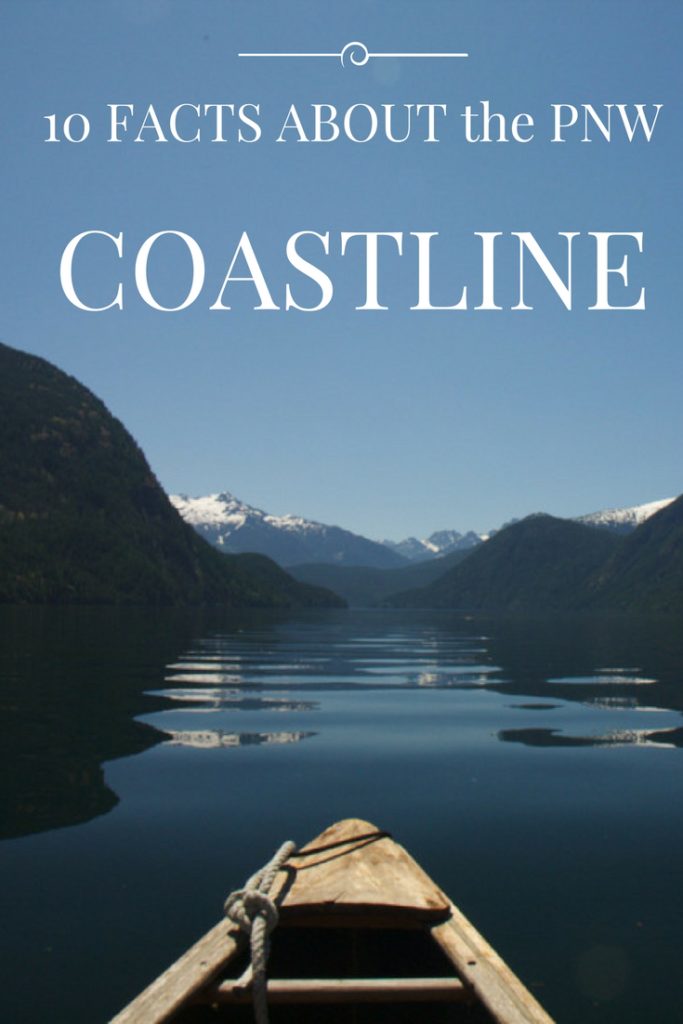






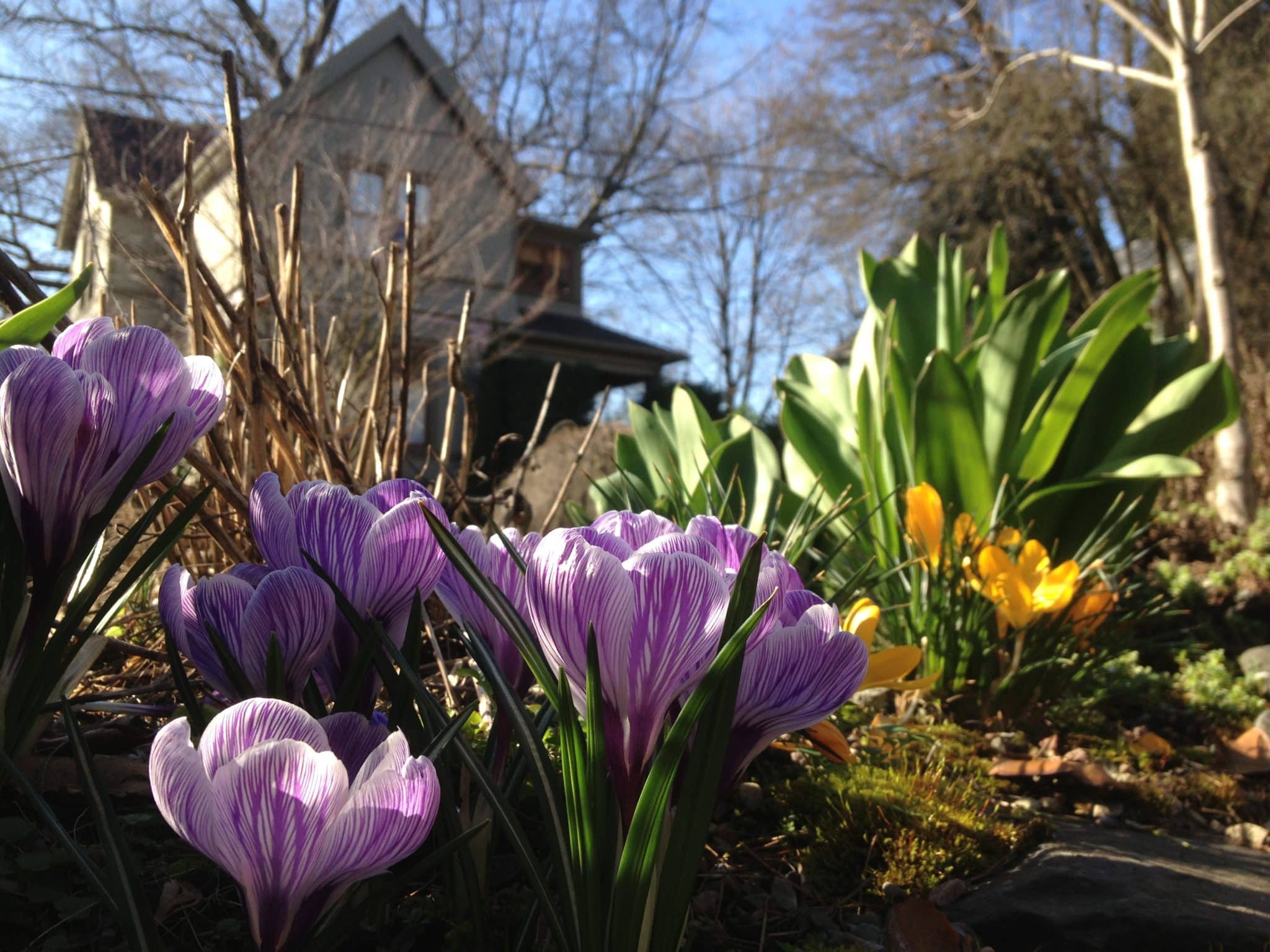
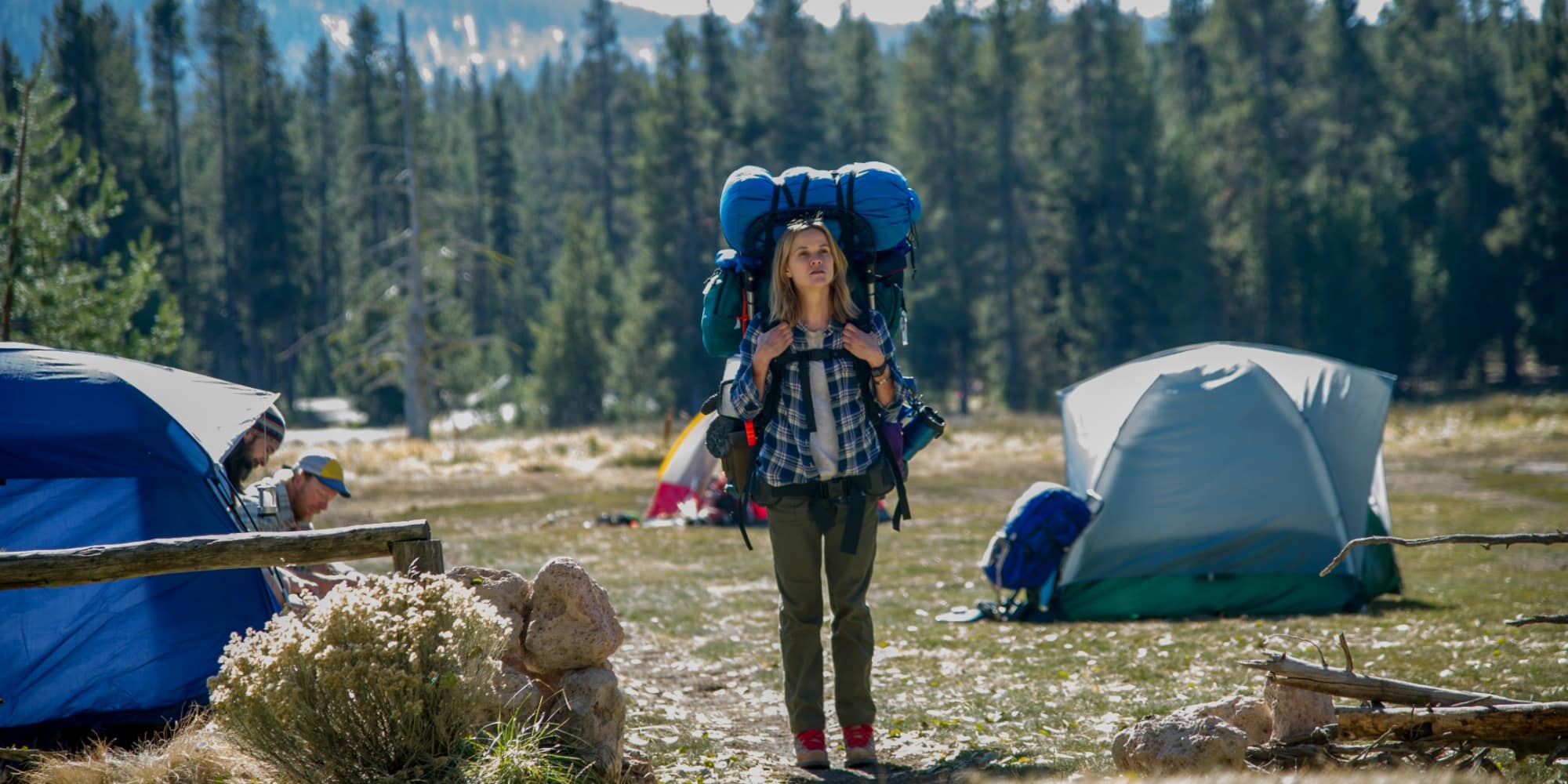
1 Comment
Pingback: Road Trip: The Lighthouses of Oregon - Explorer Sue - Your Pacific Northwest Travel Guide